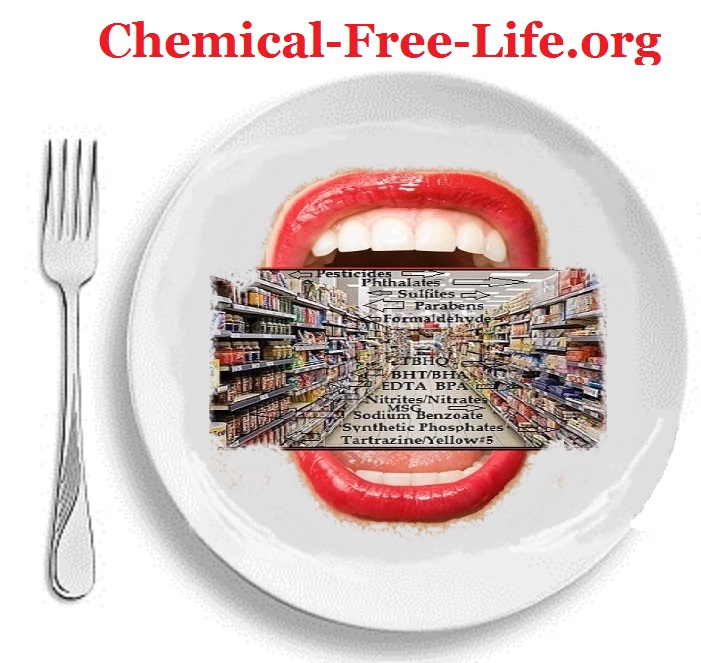In addition to mercury and lead, flame retardants, air pollutants and chemicals found in many plastics, cosmetics and food containers endanger child brain health, researchers say. Yet another reason to minimize processed food and food packaging and to read the labels on cosmetics and personal care products to avoid phthalates (common in ingredients marked “fragrances”) and to move plastic food storage bowls to the garage.
A host of common chemicals endanger child brain development
In a new report, dozens of scientists, health practitioners and children’s health advocates are calling for renewed attention to the growing evidence that many common and widely available chemicals endanger neurodevelopment in fetuses and children of all ages.
The chemicals that are of most concern include lead and mercury; organophosphate pesticides used in agriculture and home gardens; phthalates, found in pharmaceuticals, plastics and personal care products; flame retardants known as polybrominated diphenyl ethers; and air pollutants produced by the combustion of wood and fossil fuels.
Journal source: Witherspoon, N.O., et al., Project TENDR: Targeting Environmental Neuro-Developmental Risks The TENDR Consensus Statement. Environmental Health Perspectives, 2016; 124 (7) DOI: 10.1289/EHP358
Graphic by Julie McMahon



2 Comments
Comments are closed.